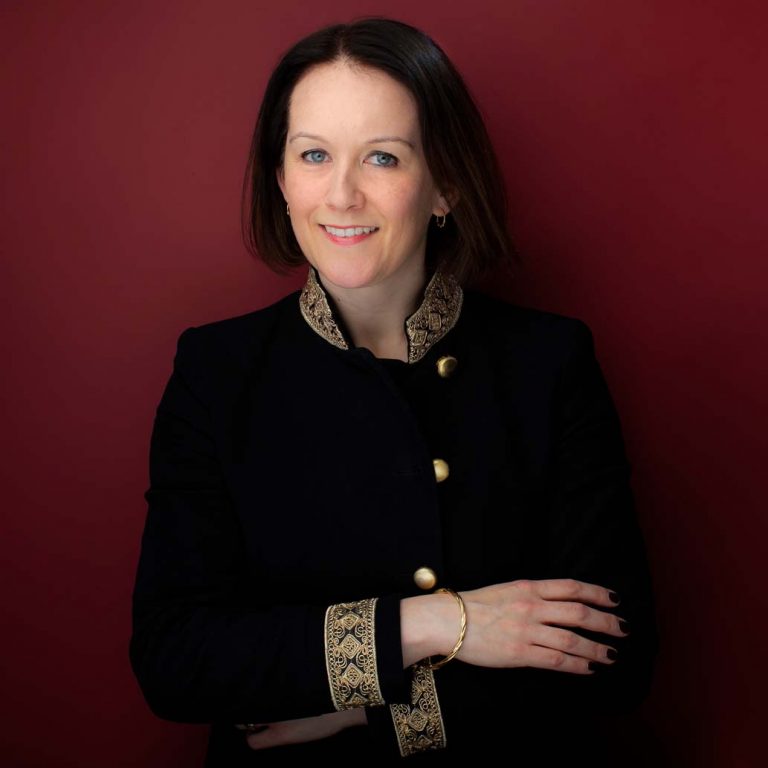Nervous flyer or not, everyone mutters a little prayer that the person who fitted the important bits in the wings was on their game that day. That’s just one of the myriad of components that Moog specialises in across engineering and industry. It’s not a brand the public will be familiar with, but most will have come into contact with a servo here and a valve there that, in unison with all the other widgets and grommets, make the world tick.







